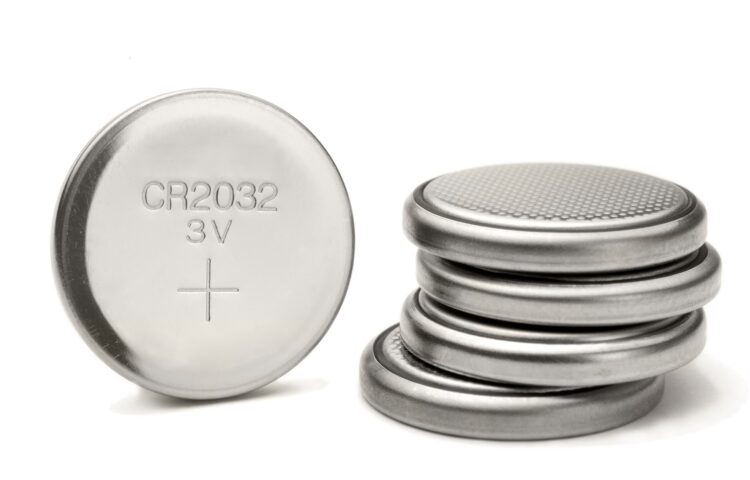The child ingestion rate of button batteries is on the rise. More than 3,500 incidents of button battery ingestion are reported to U.S. poison control centers each year. The most serious injuries are usually associated with 20 mm diameter batteries, about the size of a nickel. They are dangerous to toddlers and kids because they are easy to swallow or be inserted into their nose or ears. Serious injuries and even death can result if the button battery is not removed in time.
What Are Button Batteries?
Button batteries are small, round, and shiny batteries that are found in numerous household items like:
- Hearing aids
- Remotes controls
- Toys
- Holiday decorations
- Watches
- Flameless candles
- Bathroom scales
What Can Happen If Ingested?
If swallowed, chemicals in the batteries can cause serious burns when swallowed or get stuck in the body. According to HealthyChildren.org, when the battery makes contact with bodily fluids, it generates a current that produces a small amount of sodium hydroxide which is called lye. If the battery gets stuck somewhere in the body, the lye burns a hole at that spot. Infection usually follows.If not found in time, it can lead to perforation (tearing) of the tissue and very serious injury.
It is important to know how to spot the symptoms of button battery ingestion.
Symptoms
When a child initially ingests a button battery, symptoms could be virtually absent or similar to those of a common infection. This can make it challenging for healthcare professionals who are evaluating the child to spot the issue.
Here are some common symptoms associated with button battery ingestion:
- IF SWALLOWED
- Wheezing
- Drooling
- Coughing/Gagging/Breathing problems
- Choking
- Throw up
- Fever
- Feeling sick to stomach
- Belly pain
- Chest pain
- Diarrhea
- Dark or bloody stool
- Throat pain
- Refuse to eat or drink
- Being fussy
- IF INSERTED IN NOSE OR EARS
- Bleeding
- Noticeable discharge
- Pain
A swallowed button battery or one in the nose or ears is an emergency.
What To Do If Ingested.
If you suspect your child may have ingested a button battery, do not delay.
- Go to your nearest Emergency Room: Batteries must be removed as quickly as possible to avoid permanent damage.
- Call the Battery Ingestion Hotline on the way to the hospital: 1-800-498-8666
- Do not eat or drink. This could potentially cause further complications.
A child who has ingested a button battery also needs follow-up care to identify long-term and delayed complications.
Treatment for Button Batteries
There are several forms of treatment for button battery ingestion. Treatment typically includes:
- X-rays: To locate the battery, x-rays should include the entire neck, esophagus, and abdomen.
- Physical exam: Check both ear canals and the nasal cavity to exclude battery insertion.
- Endoscopic removal: Preferred method as it allows direct visualization of tissue injury.
Prevention
There are several things that parents can do to prevent children from getting ahold of button batteries. Here are a few precautions to take:
- Never leave batteries sitting out
- Store batteries out of sight and reach of children
- Recycle or dispose of used batteries properly
- Make sure all battery compartments are securely closed
- Watch kids carefully whenever they use devices containing batteries
- Use tape to secure compartments that children can open
- Only purchase products that require a screwdriver or tool to open the battery compartment
- Do not insert or change batteries in front of children



